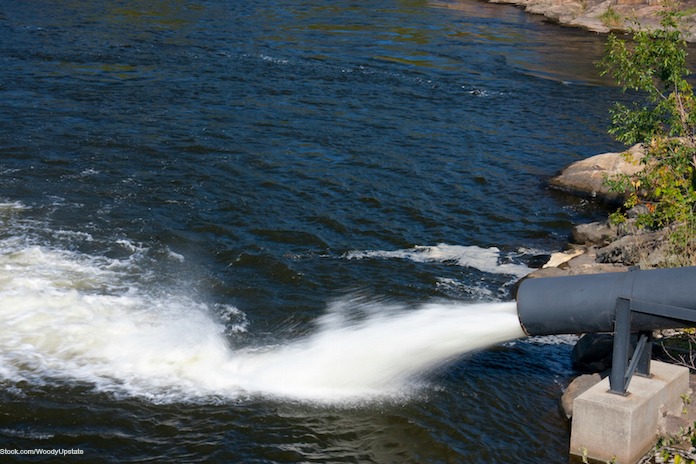According to the Center for Infectious Disease Research and Policy (CIDRAP) at the University of Minnesota, antibiotic resistant bacteria has been found in Florida sewage. The bacteria was discovered in samples taken from water and sediment after a 2014 sewer-line spill that released 500,000 gallons of untreated wastewater into a St. Petersburg neighborhood. This information was published in Applied and Environmental Microbiology.

The bacteria, Enterococcus faecium, is resistant to vancomycin, one of the “last resort” antibiotics we have to fight serious infections. That antibiotic has not been used for years because it has toxic side effects. But since more and more antibiotics are becoming less effective against infections, it is being brought back. And that vancomycin-resistant enterococcus (VRE) bacteria found in the sewage harbored the vanA gene, which can pass vancomycin resistance to other bacteria.
Fortunately, while the high levels of VRE and vanA genes were in the environment for about two weeks after the sewage spill, they diminished fairly quickly. Researchers were not able to detect any vanA genes in the water or soil two weeks later.
Scientists are so concerned about this finding because VRE harboring vanA genes are rarely found outside hospitals. The spill was not near a hospital. And the sewage from the closest hospital flows away from the site where the break occurred. Public health officials and researchers are worried that future sewage spills near beaches or recreational areas could spread vancomycin resistance and pose a public health threat.
The study co-author Dr. Valerie Harwood said, “Most VRE are confined to hospitals, but detecting them in waters of the Tampa Bay community is quite concerning. People need to be aware of what may be entering the water after heavy rains, accidental spills, or after intentional sewage releases.”
The authors of the study want to see monitoring of VRE and other antibiotic-resistant bacteria and resistance genes outside of the hospital setting. This would help public health officials get a better sense of VRE’s presence in the environment and the threat it poses.
The Centers for Disease Control and Prevention (CDC) says that VRE is a serious health threat. About 20,000 VRE infections sicken hospitalized patients every year. About 1,300 of those patients die.




